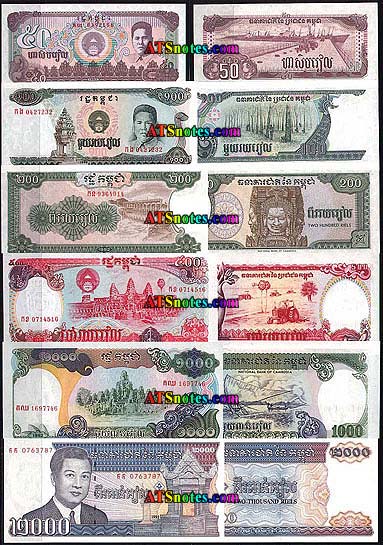No one was injured in the incident as the mammoth rock formation broke apart about 100km offshore in waters near Ha Tien in the Mekong Delta province of Kien Giang, 300km southwest of Ho Chi Minh City.
The collapse reportedly took place around 4am Wednesday, with the rock structure splitting in two and crashing into the sea, said Nguyen Van Thuan, captain of a local tourism vessel.
The two collapsed fragments weighed approximately 1000 tons, Thuan added.
Relevant authorities immediately rushed to the scene to find the cause of collapse.
Experts initially attributed heavy rains and strong winds, coupled with tidal wave during the recent days to the collapse of the rocks.
Work is still underway to find other causes of this unprecedented accident, local officials said.
The provincial administration also petitioned to the Vietnam Ministry of Culture and Information in request for instructions aimed at saving the collapsed national site.
At present, they asked for dispatches of experienced experts to help retrieve the two separate fragments that had fallen down to the sea.
Rocky legend
From the stuff of legends, long ago, local fishermen were said to be attacked by a flesh-eating sea monster in the waters near Ha Tien.
A fisherman decided to save the life of others by rubbing poison on his body and sacrificing himself to the monster, hoping it would perish.
The fisherman’s plan worked, the monster was later found dead.
When the son of the fisherman saw the body of his father, he embraced his pitiful father and burst into tears, dying from exposure to the poison.
After the father and the son died, the two rocks appeared right in the place they had met their fate, giving rise to the name – Father-and-Son rocks.























































